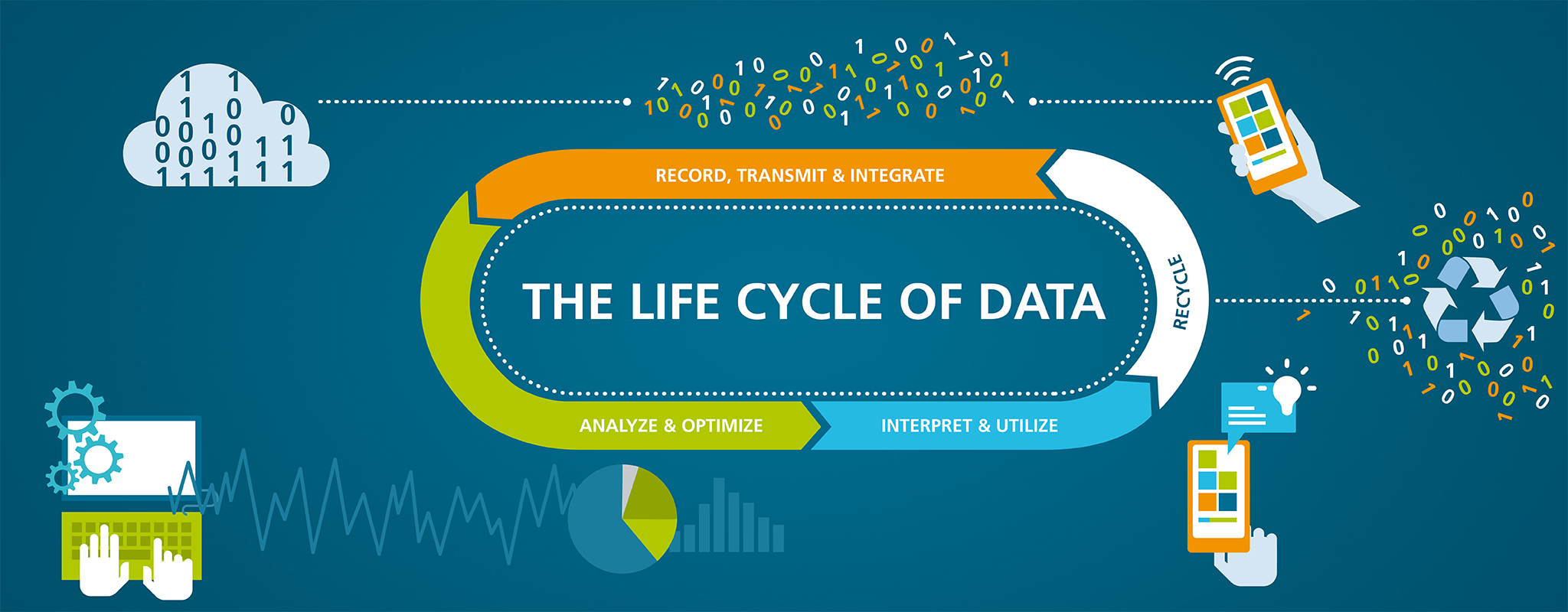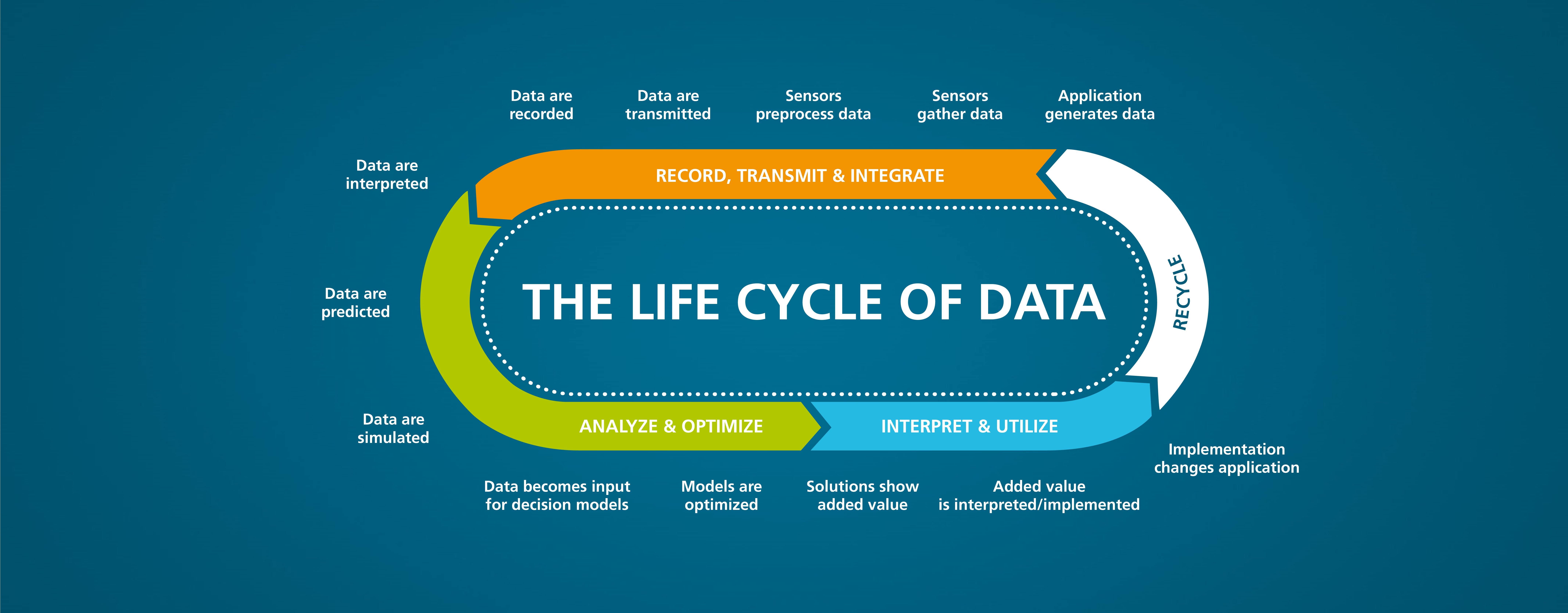Humans today store vast amounts of data. Travelers upload photos of mountains and beaches to the cloud, sensors send thousands of machine parameters to control centers, and online stores ship packages daily based on millions of stored customer details. The immense quantities of data in the global computer network seem to be completely natural, as they can be stored and retrieved at any time. But dealing with data isn’t all that natural, says Prof. Alexander Martin, director of the Fraunhofer Institute for Integrated Circuits IIS in Erlangen: “Data is a resource, and just as with the consumption of any other resource, generating and storing data produces substantial amounts of carbon dioxide.” After all, a great deal of electricity is required to manufacture and operate transmission lines and large server farms. Even a simple query in a search engine triggers an entire cascade of actions that result in the emission of a total of about 10 grams of carbon dioxide. “It’s time we learn to handle data in a sustainable way – and to consider very carefully why we collect data and how we can reduce the amount.” Martin calls this economical and sustainable strategy eResourcing. And just as with fossil resources, he sees recycling as an integral part of this strategy. “We put a lot of effort into generating data today, so we should reuse this data as often and in as many different ways as possible.”


